Home>Articles>How To Replace Both Gas And Electric Fireplaces
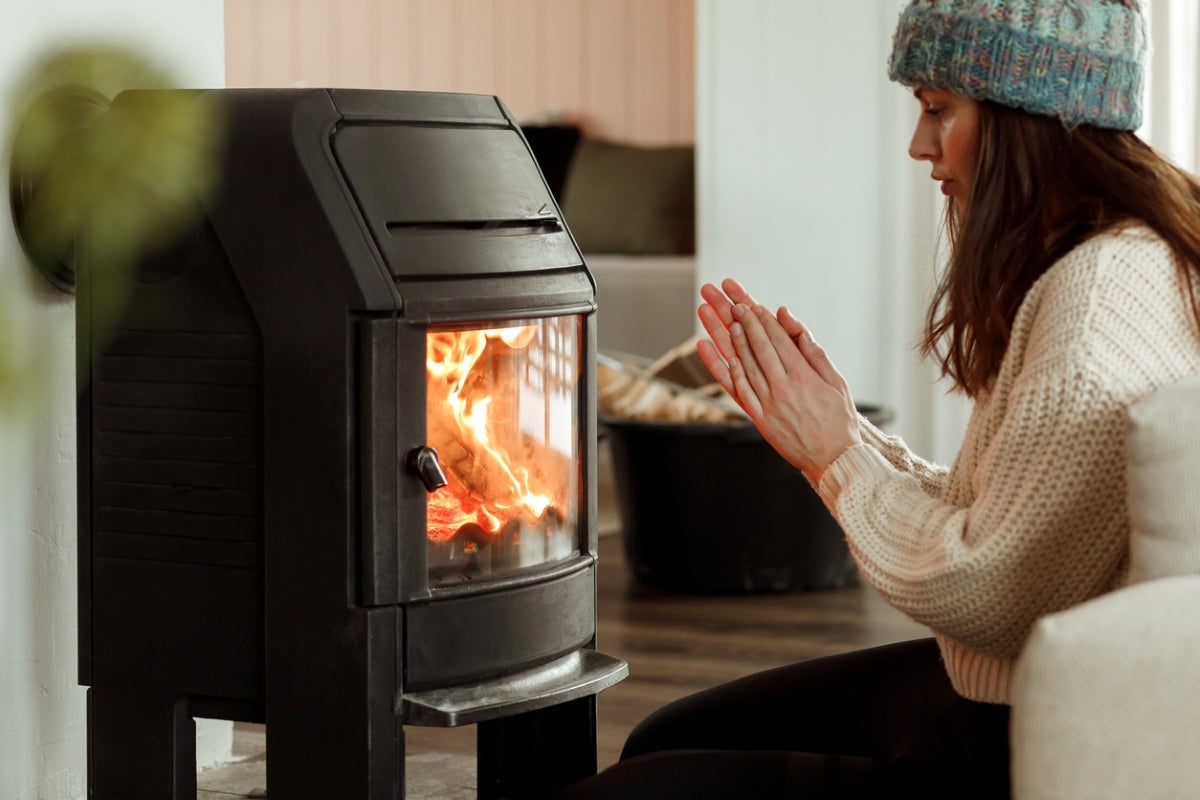

Articles
How To Replace Both Gas And Electric Fireplaces
Modified: December 7, 2023
Learn the step-by-step process of replacing a fireplace with our articles. Discover expert tips and tricks for a successful fireplace replacement.
(Many of the links in this article redirect to a specific reviewed product. Your purchase of these products through affiliate links helps to generate commission for Storables.com, at no extra cost. Learn more)
Introduction
Welcome to our comprehensive guide on how to replace a fireplace. Whether you’re looking to upgrade an outdated fireplace or address functional issues, replacing a fireplace can dramatically transform the look and feel of your living space. However, this project requires careful planning, proper tools, and knowledge of safety precautions.
In this guide, we’ll walk you through the step-by-step process, guiding you on everything from measuring and removing the old fireplace to installing and testing the new one. By following these instructions, you can ensure a successful fireplace replacement while maintaining safety at all times.
Before we dive into the details, it’s essential to note that this guide covers both gas and electric fireplaces. While the specific installation methods may vary slightly depending on the type, the general principles outlined here will apply to both types of fireplaces. Now, let’s get started!
Key Takeaways:
- Prioritize safety by turning off power or gas, wearing protective gear, and following manufacturer’s instructions. Properly measure, prepare, and install the new fireplace for a seamless and visually appealing outcome.
- Whether gas or electric, carefully connect and test the fireplace for safe and efficient operation. Add finishing touches, clean up, and enjoy the warmth and ambiance of your newly replaced fireplace.
Safety Precautions
When it comes to any home improvement project, safety should always be the top priority. Here are some essential safety precautions to keep in mind when replacing a fireplace:
- Turn off the power or gas supply: Before starting any work, ensure that the power or gas supply to the fireplace is completely shut off. This will prevent any accidents or injuries while working on the installation.
- Wear protective gear: It’s important to wear safety goggles, gloves, and a dust mask to protect yourself from any flying debris or harmful particles that may be stirred up during the removal or installation process.
- Work in a well-ventilated area: If you’re working indoors, ensure that the area is well-ventilated to prevent the build-up of any gases or fumes. Open windows or use fans if necessary.
- Follow manufacturer’s instructions: Carefully read and follow the manufacturer’s instructions for both the old and new fireplace. This will ensure that you properly disconnect and install the fireplace according to their guidelines.
- Use appropriate tools: Always use the right tools for the job. This not only ensures efficiency but also reduces the risk of accidents. Consult the installation manual to determine the necessary tools for the project.
- Be mindful of electrical wiring: If you’re replacing an electric fireplace, be cautious of any electrical wiring that may be present. Do not tamper with the wiring unless you are qualified to do so. If in doubt, consult a licensed electrician.
- Have a fire extinguisher nearby: Accidents can happen, so it’s crucial to have a fire extinguisher readily available in case of emergencies. Familiarize yourself with its operation before commencing work.
- Ask for professional assistance if needed: If you’re unsure about any aspect of the installation, or if the job requires advanced skills or expertise, it’s best to seek professional help. It’s better to be safe than sorry.
By following these safety precautions, you can minimize the risks associated with fireplace replacement and ensure a smooth and secure installation process. Now that we’ve covered the safety measures, let’s move on to the tools and materials you’ll need for the project.
Tools and Materials Needed
Before you begin replacing your fireplace, make sure you have the necessary tools and materials on hand. Here’s a comprehensive list of what you’ll need:
Tools:
- Measuring tape
- Screwdriver
- Adjustable wrench
- Pliers
- Hammer
- Utility knife
- Level
- Drill and drill bits
- Stud finder
- Safety goggles
- Gloves
- Dust mask
- Fire extinguisher
Materials:
- New fireplace (gas or electric)
- Gas shut-off valve (if applicable)
- Gas line (if applicable)
- Fire-resistant drywall
- Rocks, bricks, or tiles for the fireplace surround
- Fireproof caulk or sealant
- Insulation
- Anchors and screws
- Wood framing (if necessary)
- Plaster or drywall compound
- Paint or stain (if desired)
Having these tools and materials readily available will make the fireplace replacement process much more convenient. It’s always wise to double-check the manufacturer’s instructions for the specific tools and materials recommended for your chosen fireplace model.
Next, we’ll move on to the step-by-step process of replacing your fireplace, starting with measuring and removing the old fireplace.
Read more: How To Convert Gas Fireplace To Electric
Step 1: Measure and Remove the Old Fireplace
Before you can install a new fireplace, you need to measure and remove the old one. Follow these steps:
- Measure the opening: Use a measuring tape to determine the dimensions of the existing fireplace opening. Measure the width, height, and depth of the opening. Record these measurements as they will be crucial for selecting the right size of the new fireplace.
- Turn off the gas or electricity: If you have a gas fireplace, shut off the gas supply to the fireplace by turning off the gas valve. If you have an electric fireplace, disconnect the power by switching off the circuit breaker connected to the fireplace.
- Disconnect the gas or electrical connections: For gas fireplaces, use an adjustable wrench to disconnect the gas line from the fireplace. Be prepared for a slight hissing sound when disconnecting the gas. For electric fireplaces, remove the access panel and disconnect the electrical wiring.
- Remove the fireplace surround: Carefully remove the decorative surround or mantel from the fireplace. This may involve unscrewing or prying off any attachments. Set the surround aside for later use or dispose of it appropriately.
- Remove the existing fireplace: Depending on the type of fireplace, it may be held in place by screws, brackets, or other attachments. Use a screwdriver or appropriate tools to carefully remove these attachments and gently pull the fireplace out of the opening. Be cautious of any sharp edges or protruding parts.
- Clean the opening: Once the old fireplace has been removed, clean the opening thoroughly. Remove any debris, dust, or remnants of the old fireplace. Use a vacuum cleaner or a damp cloth to ensure a clean and clear surface.
By accurately measuring and removing the old fireplace, you are now ready to prepare the opening for the new fireplace. This involves making any necessary adjustments to the opening size and condition to ensure a proper fit. Let’s move on to step 2!
Step 2: Prepare the Opening for the New Fireplace
Once you have measured and removed the old fireplace, it’s time to prepare the opening for the new fireplace. Follow these steps:
- Assess the condition of the opening: Inspect the opening for any damage, such as cracks or disintegrating material. If there are any structural issues, consult a professional before proceeding.
- Ensure proper ventilation: Check if the existing fireplace opening has proper ventilation. If not, you may need to create or modify openings for air circulation. Proper ventilation is crucial for the safety and efficiency of the new fireplace.
- Make necessary adjustments: If the new fireplace is larger or smaller than the old one, you may need to adjust the opening size. Carefully measure and mark the new dimensions on the surrounding walls or structure. Use a stud finder to locate and mark the positions of any studs or support beams that may be present in the walls.
- Modify the opening: Depending on the adjustments needed, you may have to remove or add sections of drywall or other materials to achieve the desired size and shape for the new fireplace. Cut the materials using a utility knife, ensuring clean and precise edges.
- Install fire-resistant drywall: If necessary, install fire-resistant drywall around the opening to provide a safe and insulated barrier. Secure the drywall using appropriate anchors and screws. Be sure to leave access points for any electrical or gas connections that will be made later.
- Apply fireproof caulk or sealant: Along the edges of the opening, apply fireproof caulk or sealant to create a tight seal and prevent any leakage. This will ensure the safety and efficiency of the new fireplace.
- Frame the opening: If the new fireplace requires additional support or framing, carefully install the necessary wooden frames or structural elements. Ensure they are securely fastened to the surrounding walls and aligned properly.
By properly preparing the opening for the new fireplace, you are setting the stage for a successful installation. In the next step, we will guide you through the actual process of installing the new fireplace. Let’s proceed to step 3!
Step 3: Install the New Fireplace
With the opening prepared, it’s time to install the new fireplace. Follow these steps to ensure a smooth installation process:
- Refer to the manufacturer’s instructions: Before you begin, carefully read the manufacturer’s instructions that came with the new fireplace. Familiarize yourself with any specific installation requirements or recommendations.
- Position the new fireplace: Carefully place the new fireplace into the prepared opening, ensuring it fits snugly and is centered. Use a level to check that it is positioned properly and adjust if necessary.
- Secure the new fireplace: Depending on the type of fireplace, secure it in place using the recommended method specified by the manufacturer. This may involve screws, brackets, or other attachments. Follow the instructions provided to ensure a secure and stable installation.
- Connect the gas or electrical components: If you have a gas fireplace, consult the manufacturer’s instructions for connecting the gas line and the gas shut-off valve. Ensure all connections are tight and secure, and test for any gas leaks according to proper safety procedures. If you have an electric fireplace, carefully attach and connect the electrical wiring, following the instructions provided.
- Verify proper functioning: Once the new fireplace is securely installed and the necessary connections have been made, test the functionality of the fireplace. For gas fireplaces, turn on the gas supply, light the pilot flame, and ensure the flames ignite and adjust properly. For electric fireplaces, turn on the power and test the different features and settings.
It’s essential to carefully follow the manufacturer’s instructions throughout the installation process to ensure that the new fireplace is safely installed and functions correctly. Once you have verified the proper functioning of the fireplace, it’s time to move on to the next step: connecting and testing for gas or electrical fireplaces. Let’s continue to step 4!
Before replacing a fireplace, make sure to measure the dimensions of the existing fireplace opening to ensure the new one will fit properly. Also, consider hiring a professional for installation to ensure safety and proper function.
Step 4: Connect and Test for Gas or Electrical Fireplaces
After installing the new fireplace, it’s crucial to properly connect and test it to ensure safe and efficient operation. Follow these steps:
For Gas Fireplaces:
- Connect the gas line: If you haven’t done so already, connect the gas line to the new fireplace according to the manufacturer’s instructions. Use an adjustable wrench to make sure all connections are tight and secure.
- Check for gas leaks: Apply a solution of soapy water to the gas connections and observe for any bubbles forming. If you notice bubbles, there may be a gas leak. In such cases, immediately turn off the gas supply and consult a professional before proceeding.
- Light the pilot flame: Follow the manufacturer’s instructions to light the pilot flame of the gas fireplace. This may involve turning the gas control knob to the pilot position, pressing the ignition button, and holding a match or igniter near the pilot or ignition area until it lights.
- Test the fireplace: Once the pilot flame is ignited, turn the gas control knob to the desired heat setting and observe the flames. Make sure they are burning evenly and adjust if necessary. Test the different features and settings of the gas fireplace to ensure they are all working correctly.
For Electric Fireplaces:
- Connect the electrical wiring: If you haven’t done so already, carefully connect the electrical wiring of the new fireplace according to the manufacturer’s instructions. Make sure all connections are secure and properly insulated.
- Insert the plug: Insert the plug of the electric fireplace into a nearby electrical outlet. Ensure the outlet is functioning properly and can handle the power requirements of the fireplace.
- Turn on the fireplace: Use the control panel or remote control provided by the manufacturer to turn on the electric fireplace. Test the different heat settings, flame effects, and other features to ensure they are all functioning correctly.
Whether you have a gas or electric fireplace, it’s important to carefully follow the manufacturer’s instructions for connection and testing. This will ensure the safe and efficient operation of the fireplace. In the next step, we’ll cover the finishing touches and cleaning up. Let’s move on to step 5!
Read more: What Is A Gas Fireplace
Step 5: Finishing Touches and Cleaning Up
After connecting and testing your new fireplace, it’s time to add the finishing touches and clean up the workspace. Follow these steps to complete the fireplace replacement project:
- Add the fireplace surround: If you had removed the old fireplace surround, now is the time to install the new one. Attach the surround according to the manufacturer’s instructions, using screws, adhesive, or other recommended methods. Ensure it fits snugly and complements the overall aesthetic of the room.
- Apply any desired paint or stain: If you wish to paint or stain the fireplace surround or any other visible areas, do so now. Use high-temperature paint or stain that is suitable for fireplaces, ensuring it complements the style and décor of the room.
- Secure any loose or exposed wires: If you have electrical components or wiring that may be exposed, secure them safely and out of sight. Use plastic conduits or cable organizers to keep the wires neatly arranged and protected.
- Clean up the workspace: Dispose of any debris, packaging materials, or other waste generated during the installation process. Vacuum or sweep the area to remove any dust or particles. Wipe down the fireplace and surrounding surfaces to give them a clean and polished look.
- Inspect and test for final functionality: Take the time to inspect the entire fireplace installation, ensuring that all connections are secure and that everything is functioning as expected. Test all the features of the fireplace and make any necessary adjustments or repairs if needed.
By completing these final steps, you’ll add the finishing touches to your fireplace replacement project and create a visually appealing and functional centerpiece in your living space. Remember to follow any additional instructions provided by the manufacturer, as different fireplace models may have specific finishing requirements.
Congratulations! You have successfully replaced your fireplace, giving your room a fresh and updated look. Enjoy the warmth and ambiance that your new fireplace brings to your home.
Thank you for following this comprehensive guide on how to replace a fireplace. We hope this step-by-step process has been helpful and that you have found success in your fireplace replacement project.
Conclusion
Replacing a fireplace is a rewarding and transformative project that can breathe new life into your living space. Throughout this comprehensive guide, we have provided step-by-step instructions and important safety precautions to ensure a successful fireplace replacement. By following these guidelines and using the necessary tools and materials, you can confidently undertake this project and enjoy the benefits of a new and improved fireplace.
Remember to always prioritize safety during the installation process. Turn off the power or gas supply, wear protective gear, and consult professionals if necessary. Additionally, carefully read and follow the manufacturer’s instructions for your specific fireplace model to ensure proper installation and functionality.
From measuring and removing the old fireplace to preparing the opening, installing the new fireplace, and finally adding the finishing touches, each step plays a crucial role in achieving a seamless, functional, and visually appealing outcome.
Whether you choose a gas fireplace or an electric one, be mindful of the different requirements and connections pertinent to each type. Double-check gas connections for leaks and test the functionality of the flames and heat settings. For electric fireplaces, ensure that all electrical wiring is securely connected and that the different features are operating smoothly.
Once the installation is complete, take the time to clean up the workspace and inspect the entire fireplace for any adjustments or repairs needed. Add the desired finishing touches, such as paint or stain, and secure any loose wires for a polished and safe final result.
With your new fireplace in place, you can now enjoy cozy evenings, comforting warmth, and the aesthetic appeal it brings to your home. Sit back, relax, and savor the ambiance that your newly replaced fireplace has created.
Thank you for accompanying us on this fireplace replacement journey. We hope this guide has provided valuable insights and empowered you to successfully replace your fireplace. Embrace the beauty and functionality of your new fireplace and enjoy the comfort it brings to your living space.
Frequently Asked Questions about How To Replace Both Gas And Electric Fireplaces
Was this page helpful?
At Storables.com, we guarantee accurate and reliable information. Our content, validated by Expert Board Contributors, is crafted following stringent Editorial Policies. We're committed to providing you with well-researched, expert-backed insights for all your informational needs.
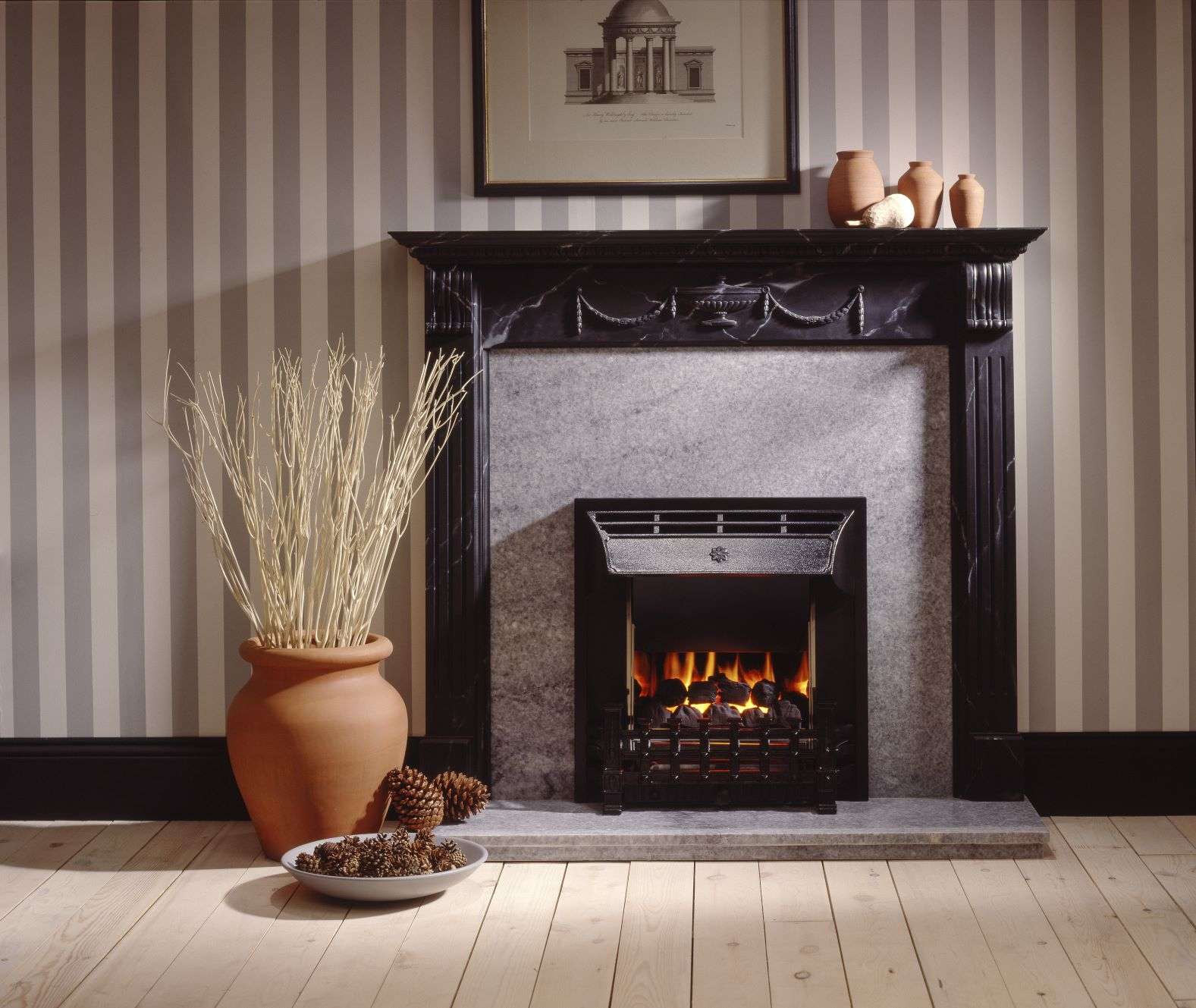
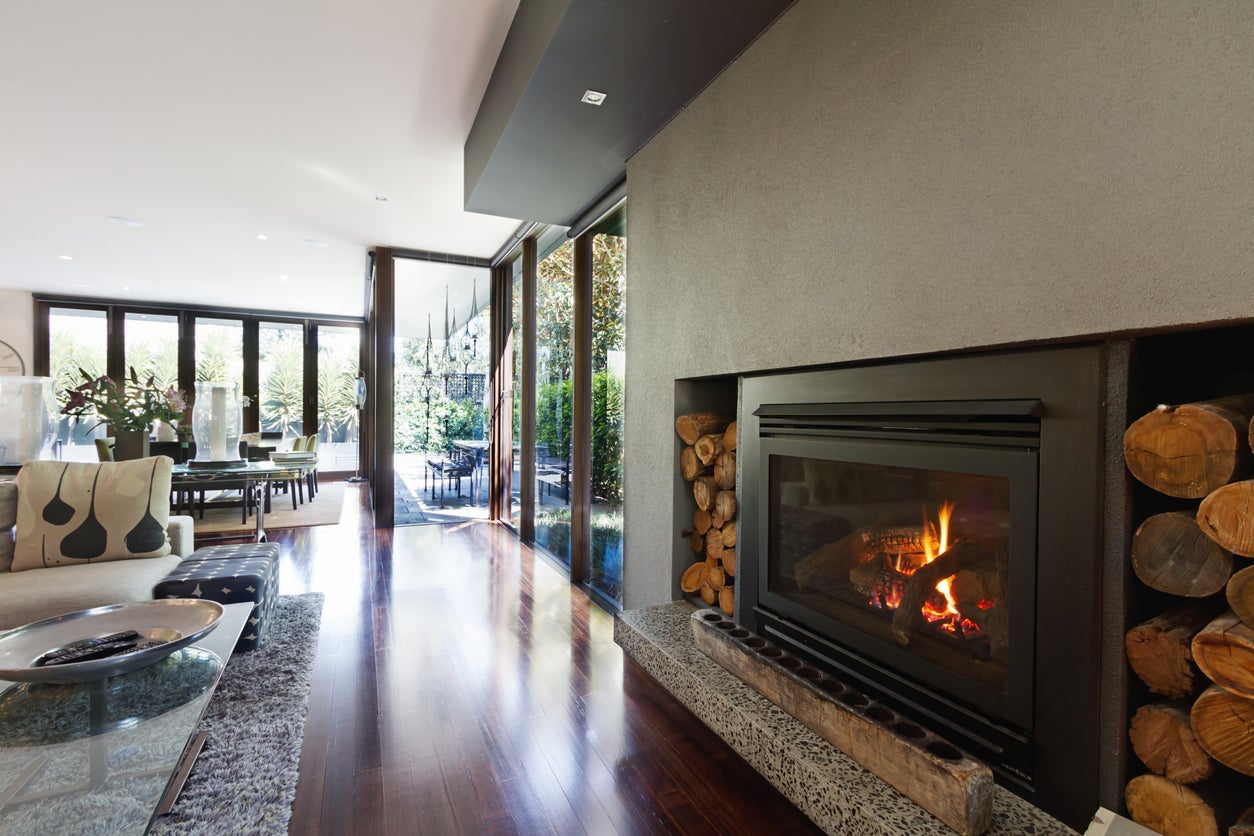
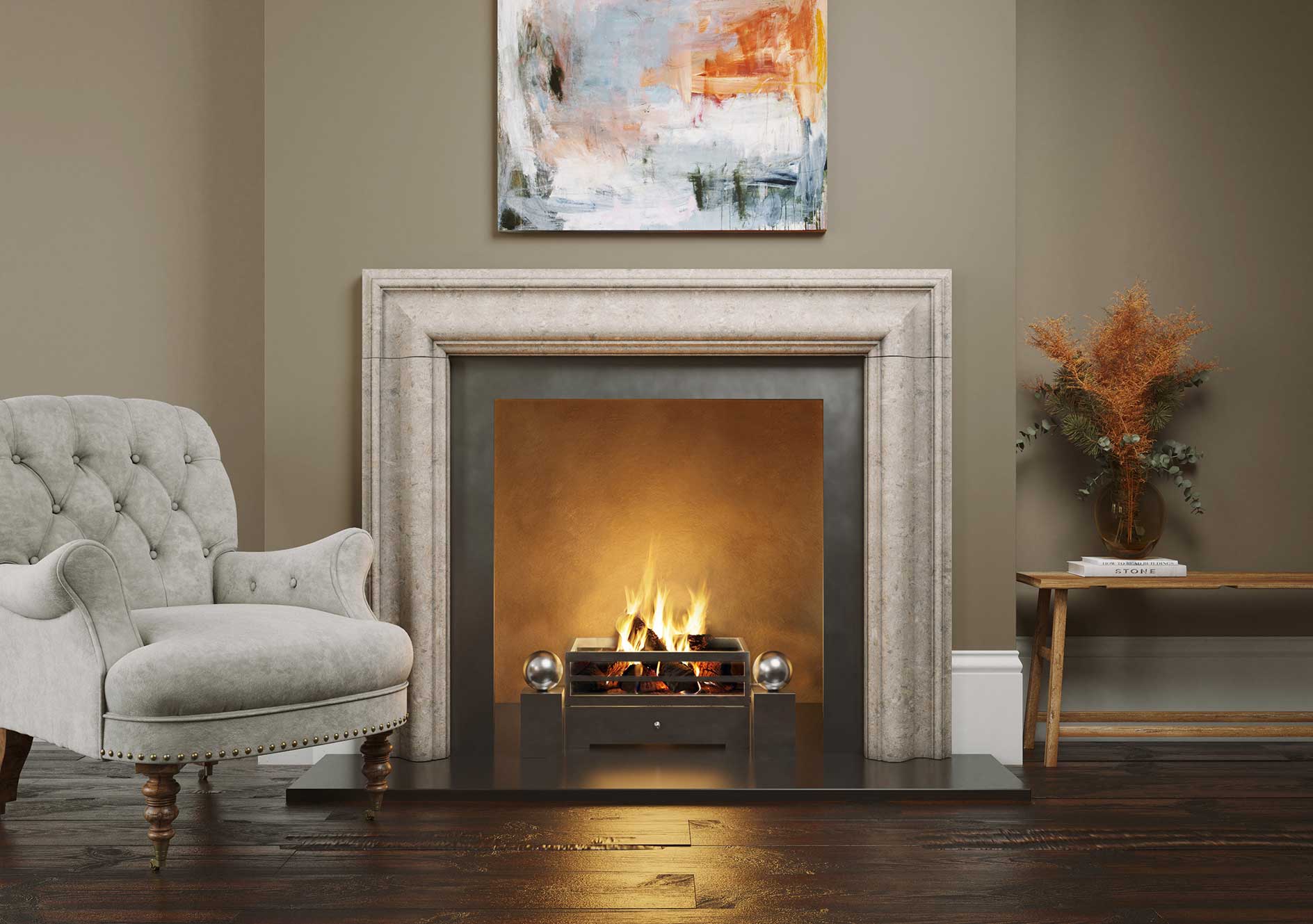
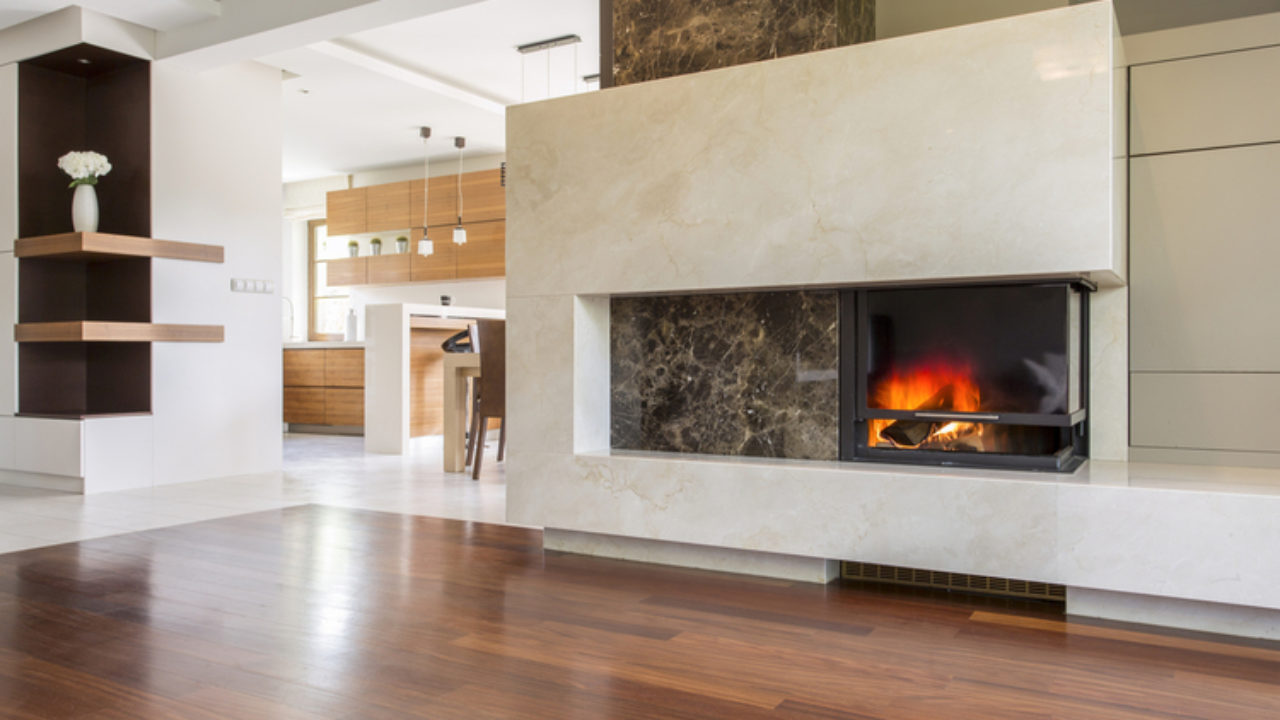
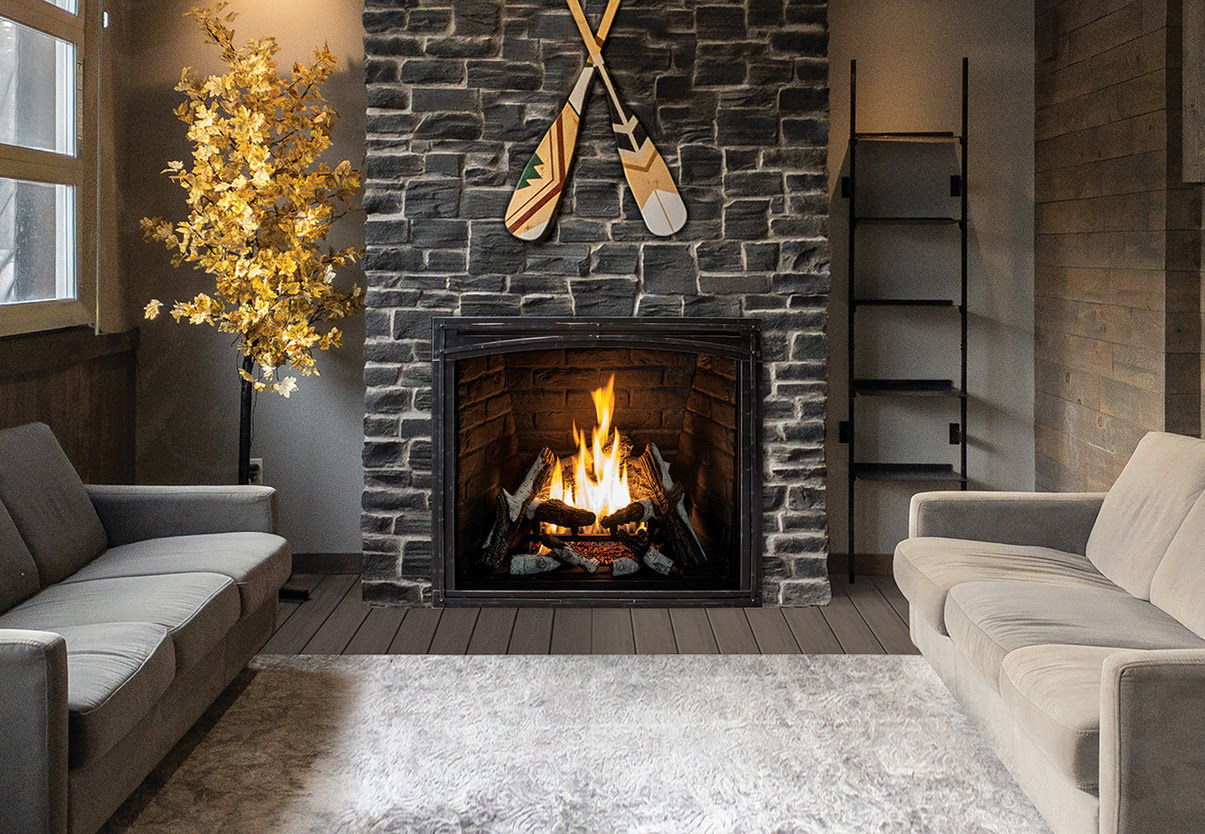
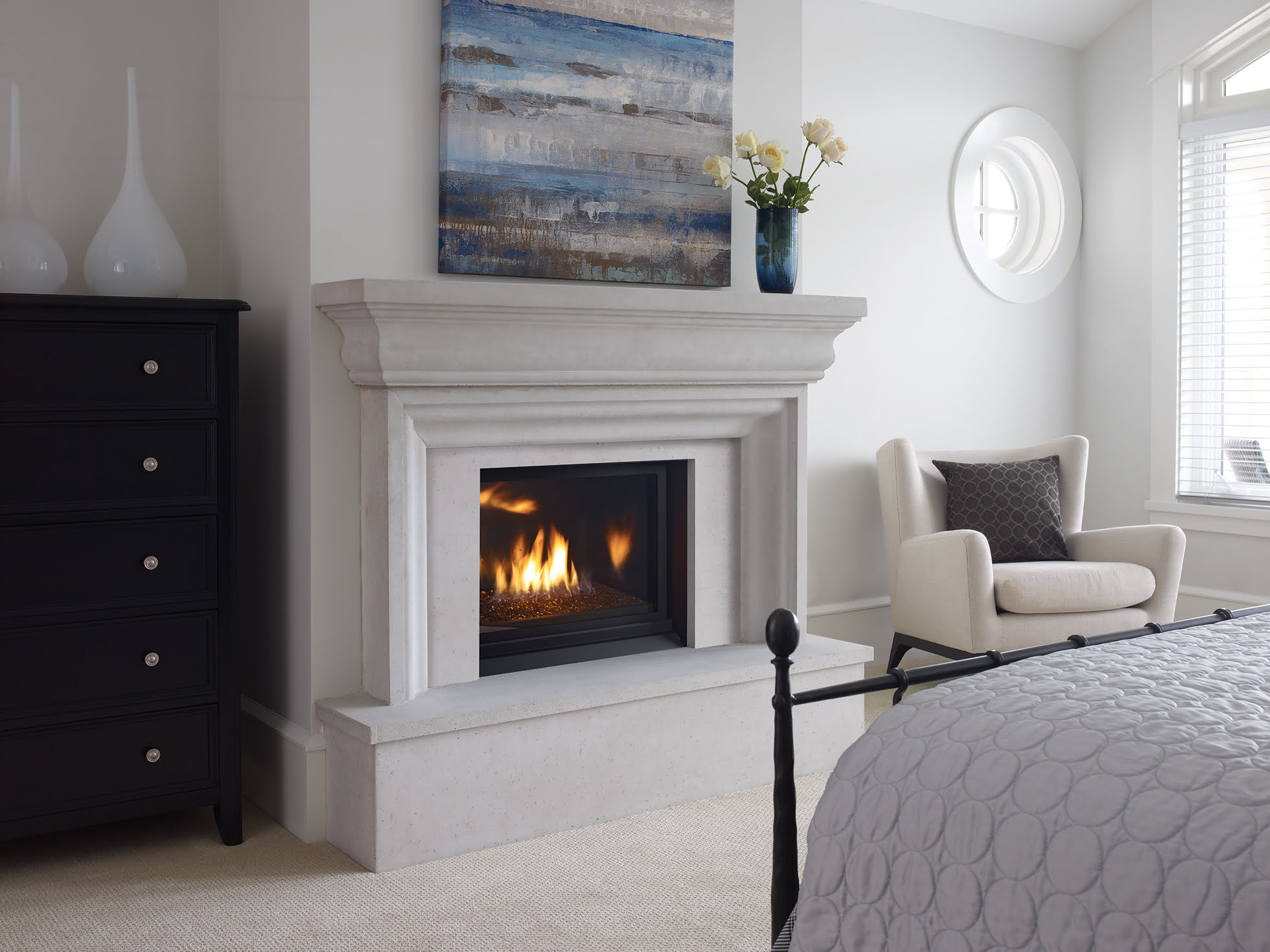
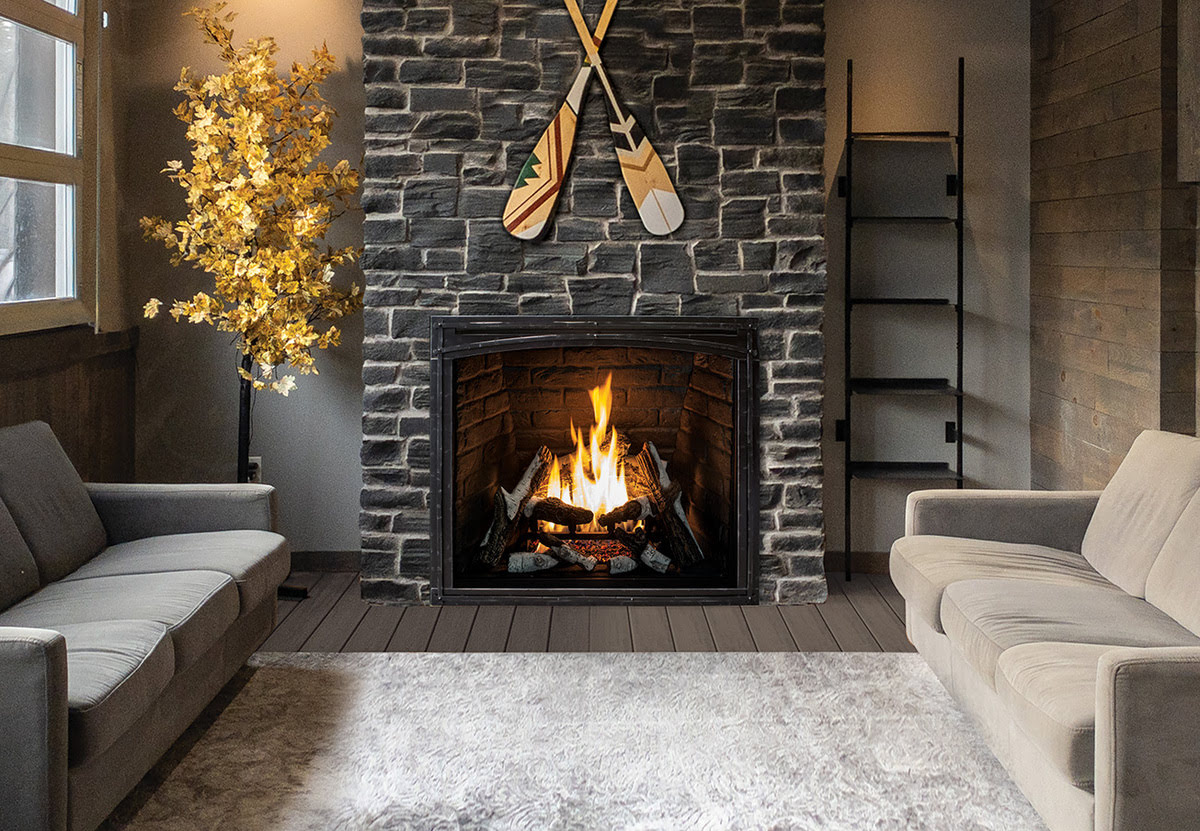
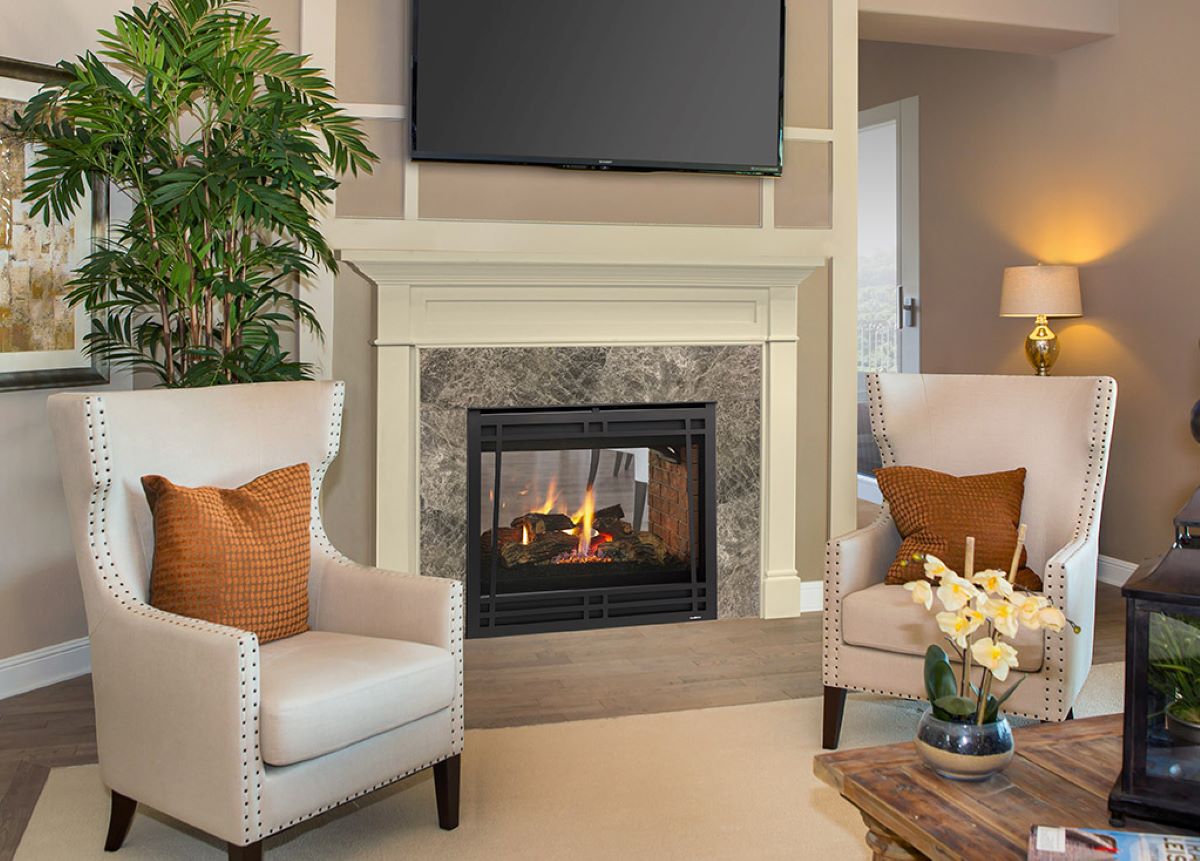
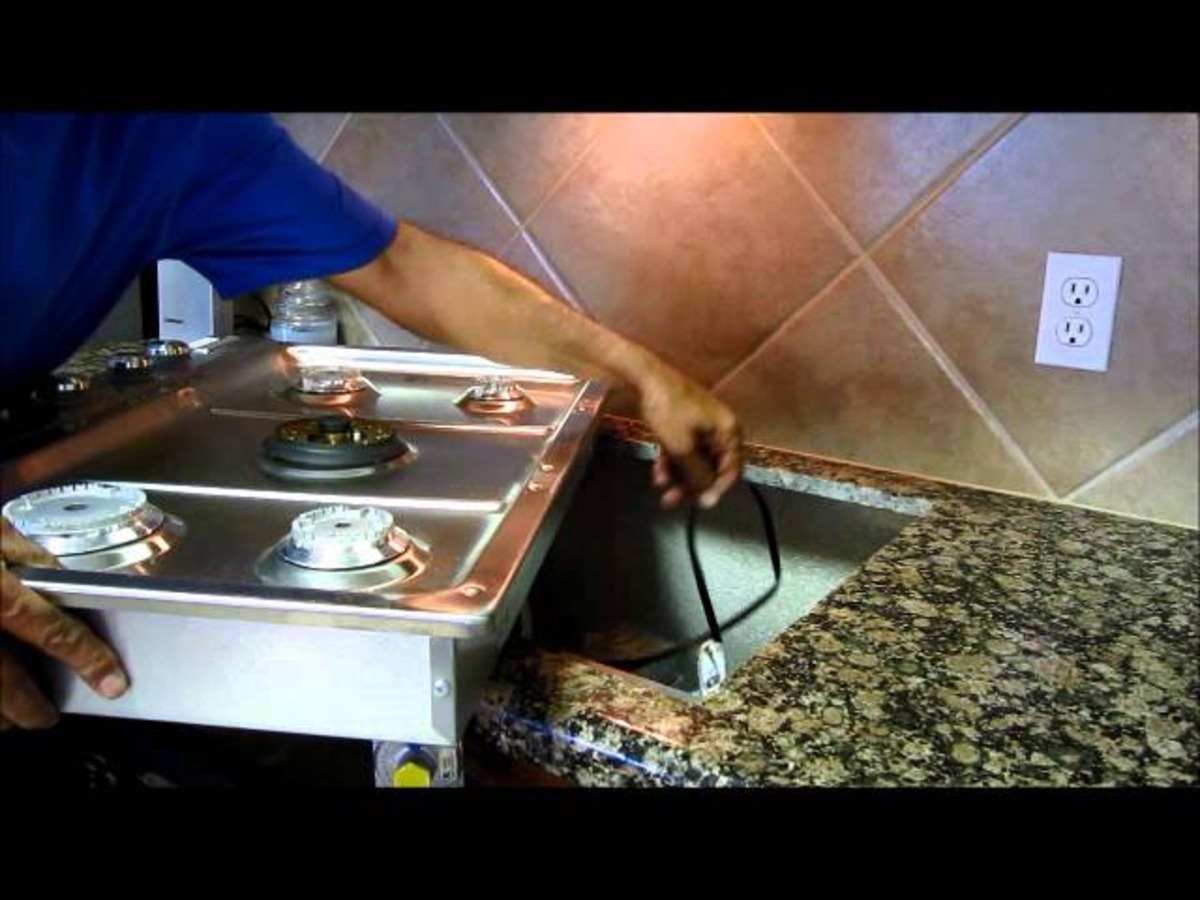
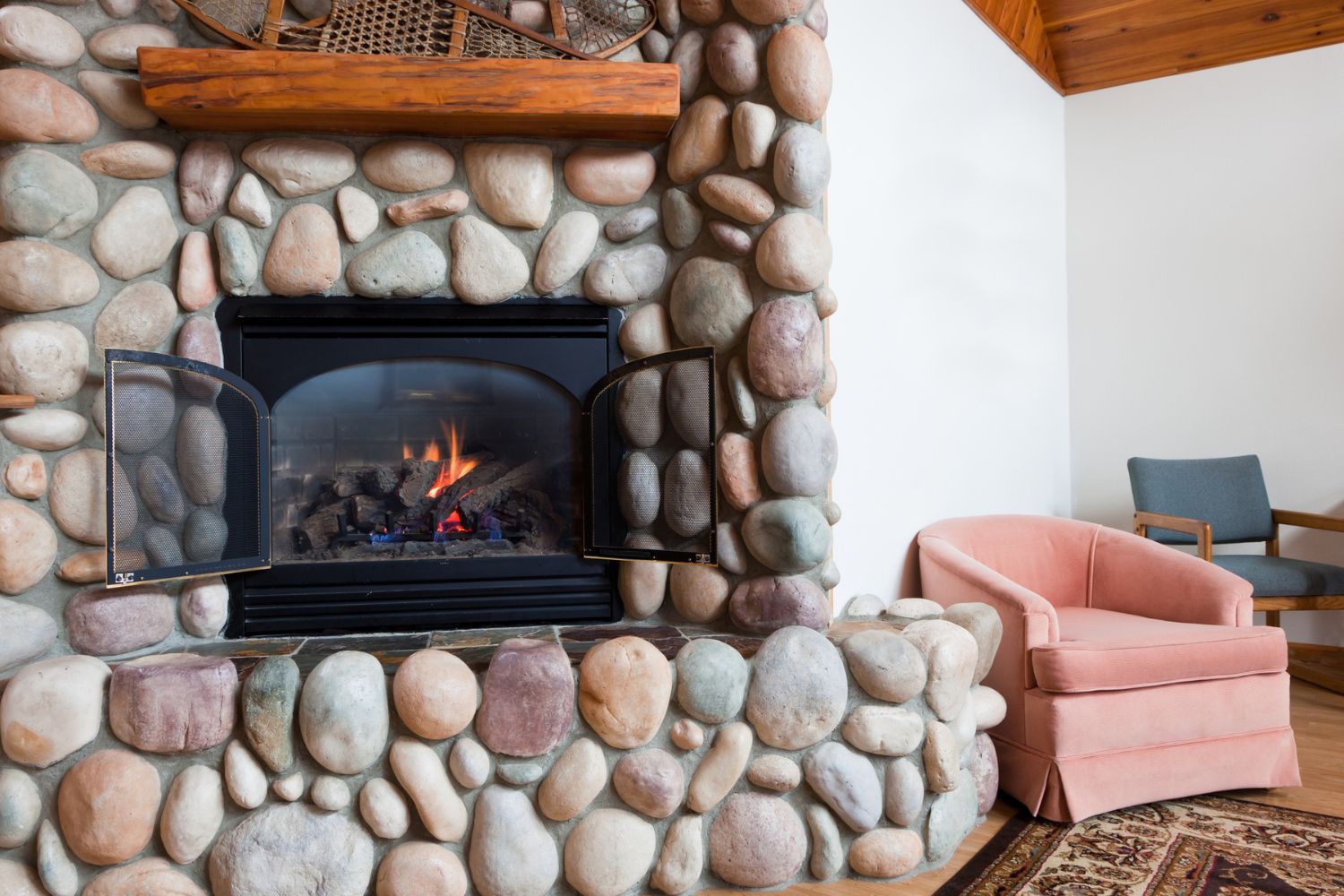
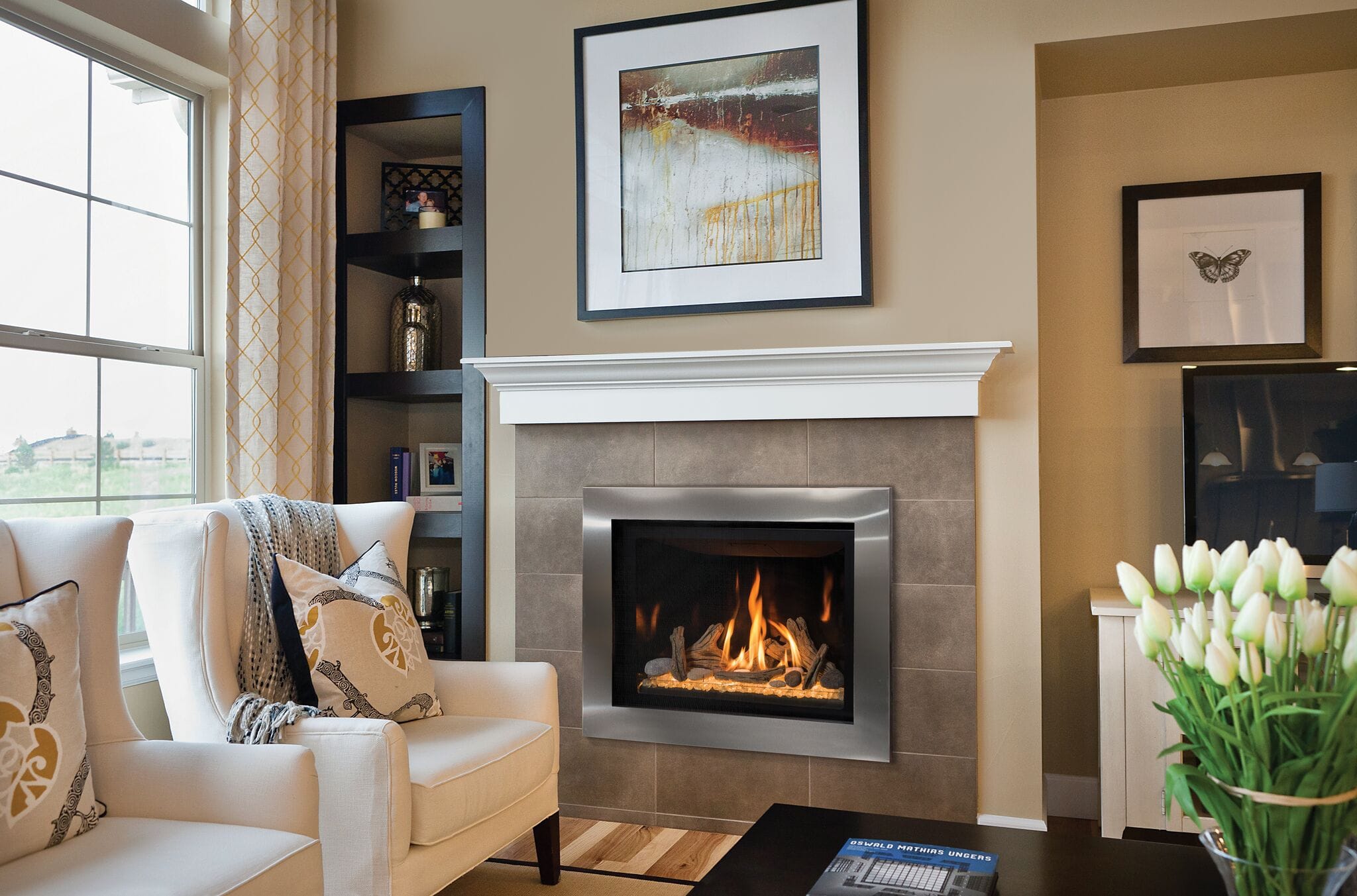
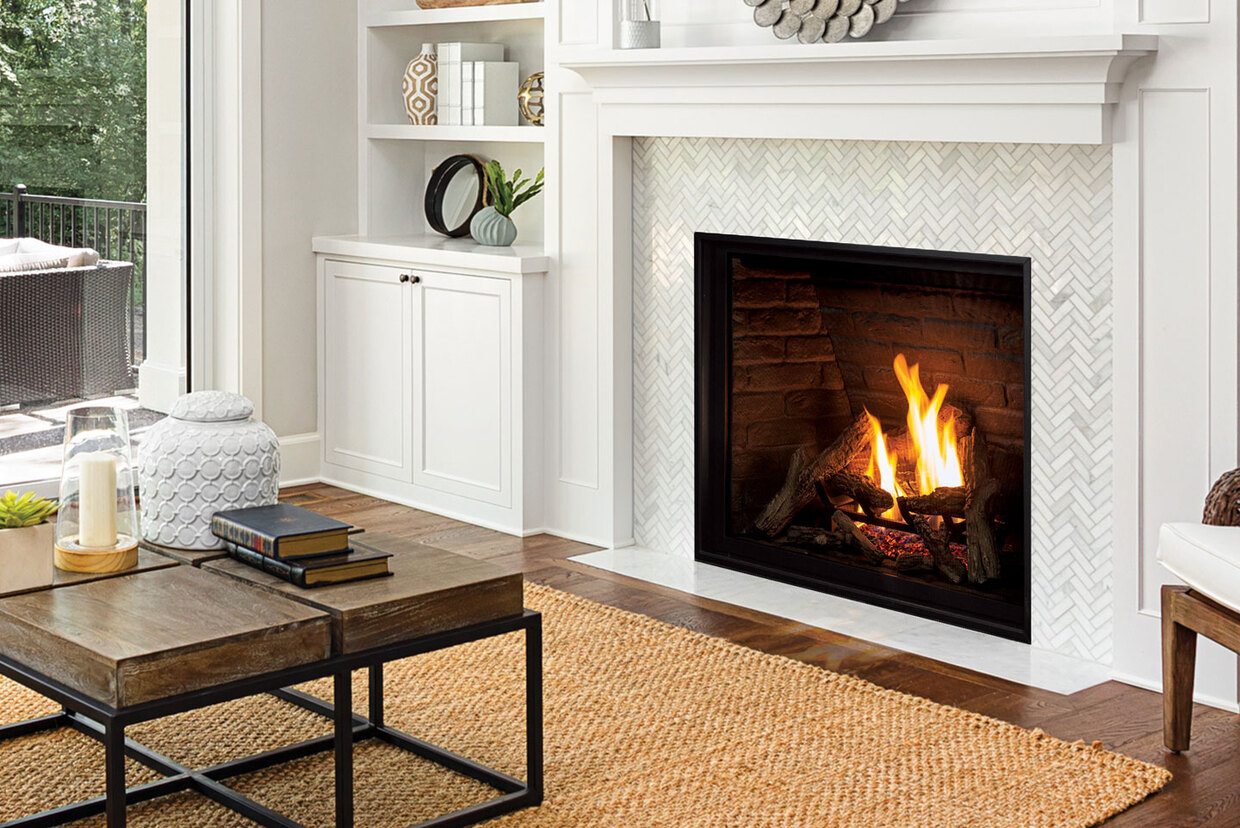
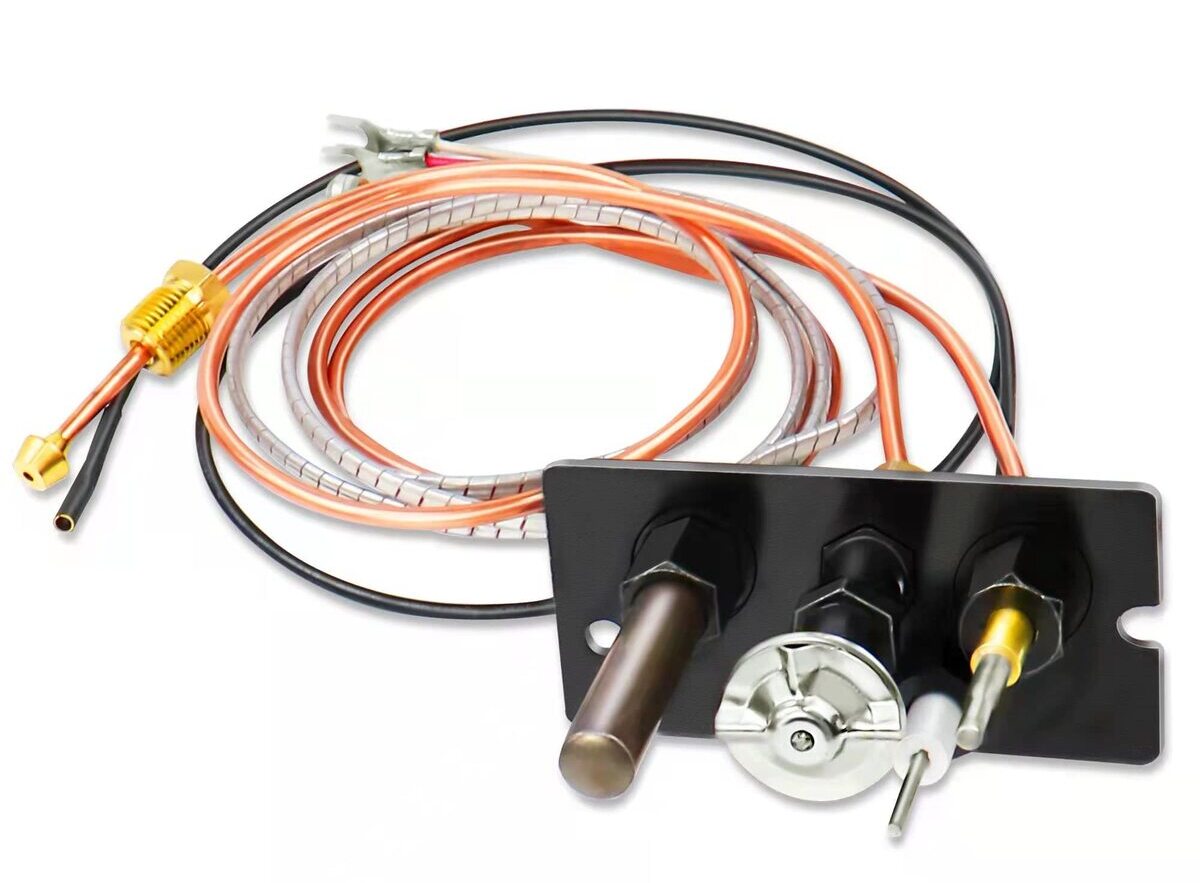

0 thoughts on “How To Replace Both Gas And Electric Fireplaces”